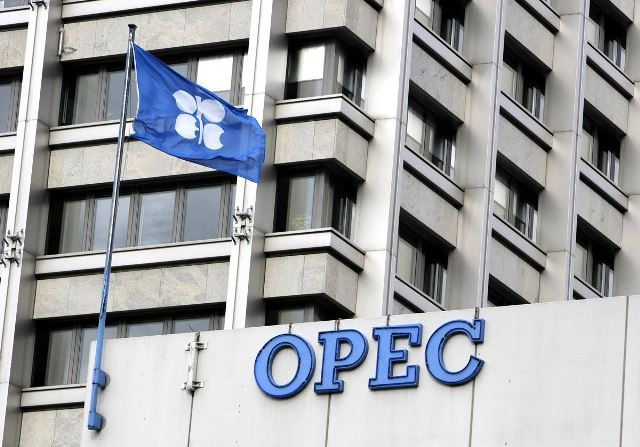Following the announcement that the scheduled OPEC+ conference, which was supposed to settle on production quotas for 2024 among member producers, would now take place on November 30, crude oil prices plunged.
At the latest check early on Thursday, West Texas Intermediate crude shed 1.4% to US$76.02/b while Brent crude declined 1.5% to US$80.72 per barrel. Members’ disagreements increased doubts about further production cutbacks, which the market anticipates would boost oil prices, according to a note from ANZ bank.
The United Arab Emirates obtained the authority to increase production by 135,000 barrels per day for 2024 in June, contrary to what the market had anticipated—that Saudi Arabia would demand more cuts.
Meanwhile, US oil inventories rose by 8.7 million barrels to 448 million barrels, the highest since July, ANZ bank said. Unattractive refinery margins resulted in an 87% drop in refinery rates against the seasonal average of 90%.
A disagreement has returned to the OPEC+ alliance, which has seen the group’s scheduled meeting to discuss 2024 output policy delayed. Unsurprisingly, this news weighed heavily on the market – Brent was down as much as 4.9% at one stage yesterday. However, the market managed to claw back some of these losses to settle just 0.59% lower on the day.
OPEC+ was scheduled to meet on 26 November. However, the meeting has been pushed back to 30 November. Several members are reportedly unhappy about their production targets for next year, levels which were announced back in June.
This is specifically the case for Angola, Congo and Nigeria, who had their production targets cut since they struggled to hit their 2023 targets, ING commodities strategists said in a Thursday note. These members were unhappy back then, and it was agreed that their targets would be revisited before the end of this year and possibly revised higher.
Clearly, this has not happened. Angola’s output target was cut from 1.46MMbbls/d in 2023 to 1.28MMbbls/d in 2024, Congo’s target was reduced from 310Mbbls/d to 276Mbbls/d, whilst Nigeria’s target was cut from 1.74MMbbls/d to 1.38MMbbls/d.
Whereas Angola and Congo are currently producing below their 2024 production targets, Nigeria has managed to increase output recently and is pumping around 1.49MMbbls/d – above its target for next year.
Disagreement between members will likely increase volatility within the market over the course of the next week. It is unclear how this will affect broader policy, or whether it could have any impact on Saudi Arabia extending its additional voluntary cut of 1MMbbls/d into early 2024.
The EIA’s weekly inventory report was fairly bearish with US crude oil inventories growing by 8.7MMbbls over the week.
This leaves total US commercial crude oil inventories at a little over 448MMbbls – the highest level since July. Despite refinery utilisation remaining below average levels for this time of year (following a fairly heavy maintenance season), gasoline stocks still increased by a marginal 750Mbbls.
However, the distillate market continues to tighten. Distillate fuel oil inventories fell by a little over 1MMbbls, which leaves stocks at a little under 106MMbbls- the lowest since May 2022 and at the lowest level in at least 20 years for this time of year. ING commodities strategists said they continue to believe that middle distillates will remain well supported.
NNPCL Forecasts N4.5 Trillion Revenue, To End Oil Import by Dec 2024














